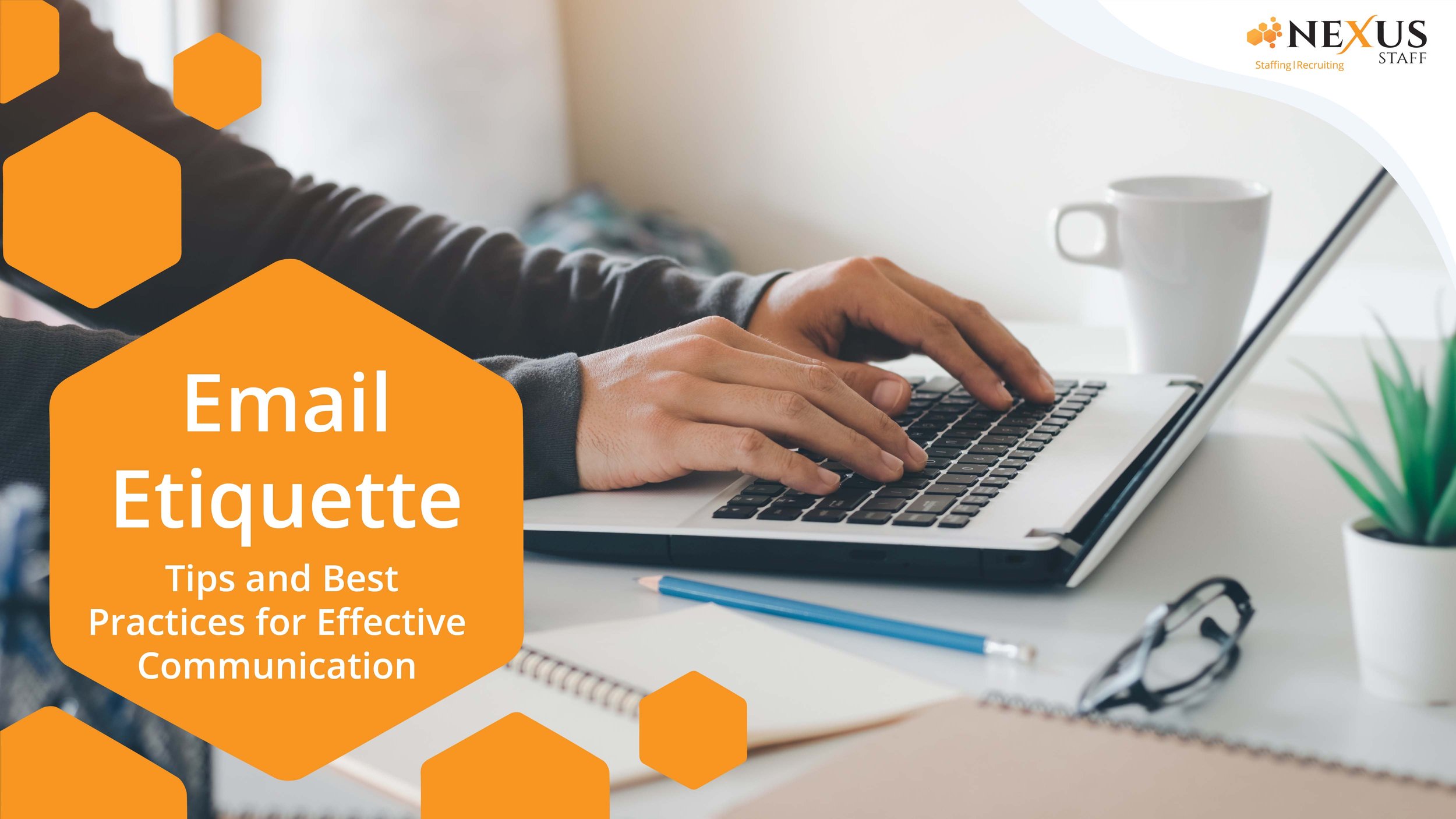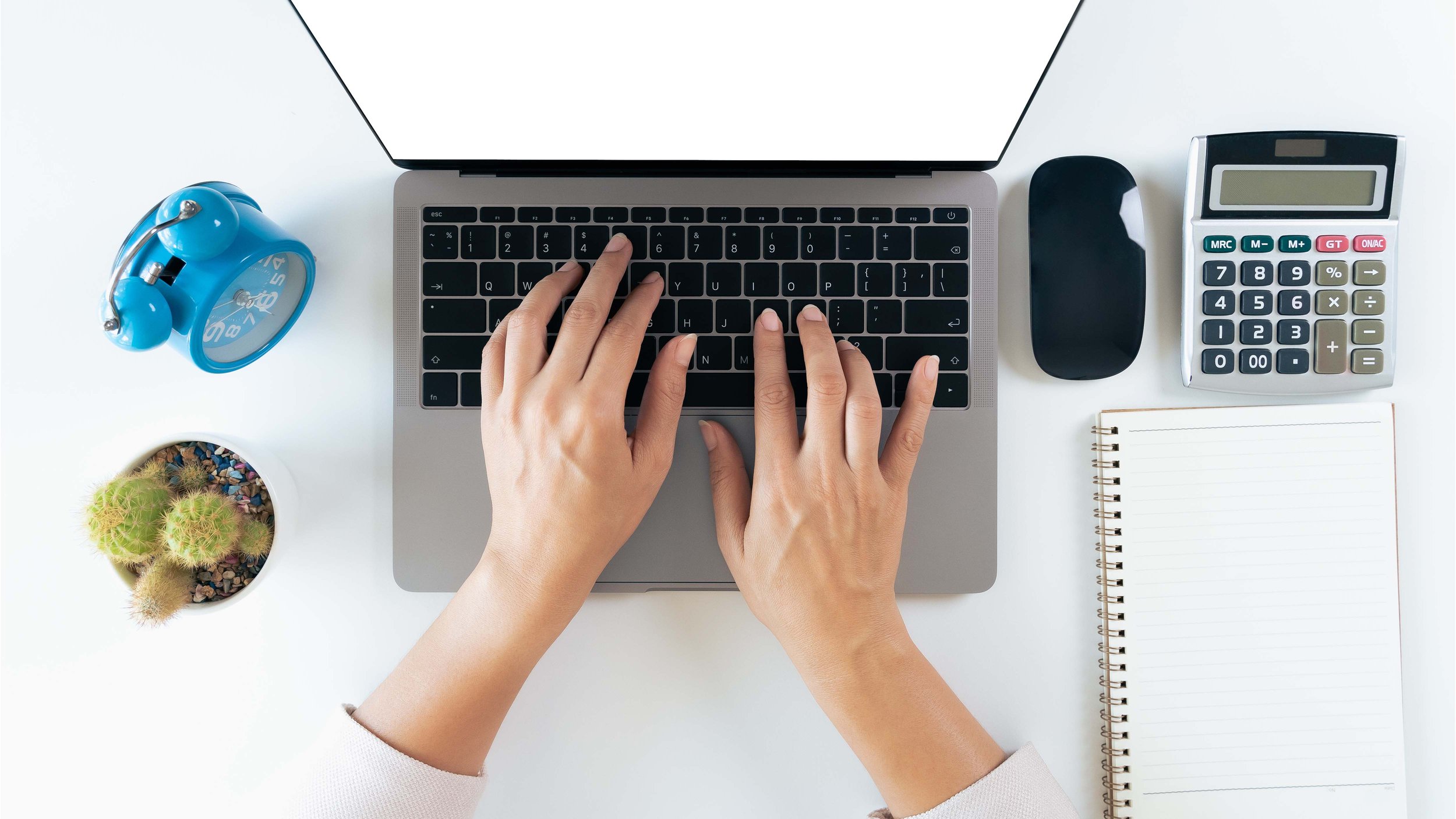Email Etiquette: Tips and Best Practices for Effective Communication
One of the most pervasive digital tools in the modern workplace is email. Despite its age, the ease of use, established nature, and inter-organizational communication enabled by email make it a standard that doesn’t seem to be going away any time soon.
However, one source of complaint among people who send and receive a lot of emails is the poor email etiquette of others. While email may be a convenient and relatively instant method of digital communication, it has expectations for formatting and tone that other digital channels like instant messaging or texts don’t have. Writing an email that doesn’t meet these expectations can make it difficult to understand what you’re saying, or even frustrate the person you’re writing to.
To make sure you get your point across clearly and make a good impression, here are some best practices to follow when writing an email:
Include a clear subject line
A subject line is critical to make sure your email gets the attention it needs. Studies have shown that many people receive dozens or even hundreds of emails every day; writing a subject line that makes it clear what you’re writing about will help your email stand out in a sea of others, increasing the chances that it’ll be read in a timely fashion. Sending an email with no subject line at all makes it harder to tell what you’re writing about, and it can come across as low-effort or even make your email look like spam.
For marketing emails, adding detail to a subject line is even more important. Studies have shown that an email with a personalized subject line (one that uses the recipient’s name) is 298% more likely to be opened than one with a generic subject line.
Start off with an appropriate greeting
Most emails start with a greeting addressing the recipient - just like in a face-to-face conversation, not starting off with a greeting can seem rude or demanding. To choose an appropriate greeting, think about the tone of the email you’re sending. For a casual check-in with someone you’re already familiar with, a simple “Hello,” or even “Hi,” can be enough. For a more formal message, “Dear ___,” or even “To Whom It May Concern,” would be recommended. If you’re writing to an individual, be sure to address them by their preferred name in your greeting. When in doubt, open your email the same way you’d start a face-to-face conversation or a handwritten letter.
Revise before sending
Like any written communication, it’s important to revise what you’ve written! Giving your email a quick read-through before sending can help you fine-tune the wording to make sure everything is clear and accurate. It also gives you a chance to catch any typos, spelling mistakes, or other errors you may have made while writing. Finally, it might remind you about other tasks that need doing - if you see a line you wrote about attaching a file or creating a calendar event, you’ll be sure to get it done before hitting send!
Keep it short
One thing to keep in mind while writing (or revising) an email is to keep things concise. As previously mentioned, the average worker spends a lot of time reading and responding to emails, which takes time away from other tasks. Studies have shown that anywhere from 21 to 90 minutes of each work day is lost to email-related interruptions. Formalities like a subject line and greeting are important, but try to keep the body of your email short and to the point. It’ll save you and your recipient time that may be better spent elsewhere. You may find it helpful to use the “inverted funnel” format common in news articles; start with the most important information, and gradually offer more specific information the further you go.
Use the “Signature” feature
Almost every popular email service, including Microsoft Outlook and Gmail, allows users to create a custom signature that’s automatically attached to the end of every email they send. Setting up your automatic signature can save you time and add a professional touch to your emails. An email signature helps your recipient recognize who sent the message, especially if you include your job title and employer. Outlook and Gmail even let you set separate signatures for replies and follow-up messages, stopping your full-size formal signature from filling up an entire message thread once a conversation gets going and messages become shorter.
Ready to put these tips to good use? Contact Nexus today to learn more about our personalized staffing services.







